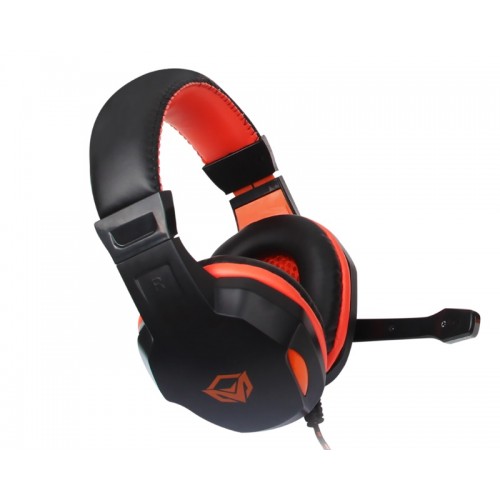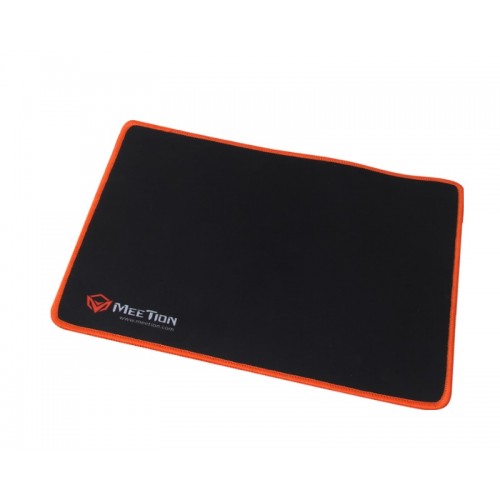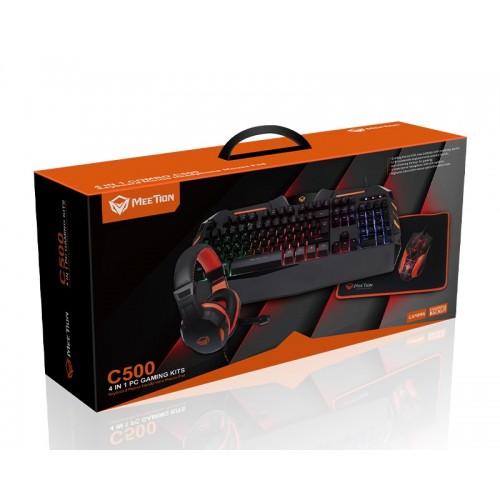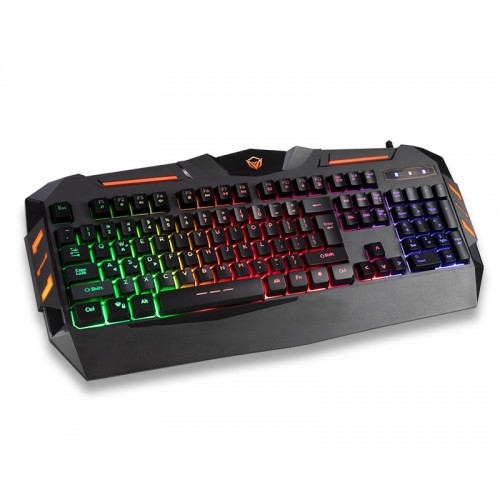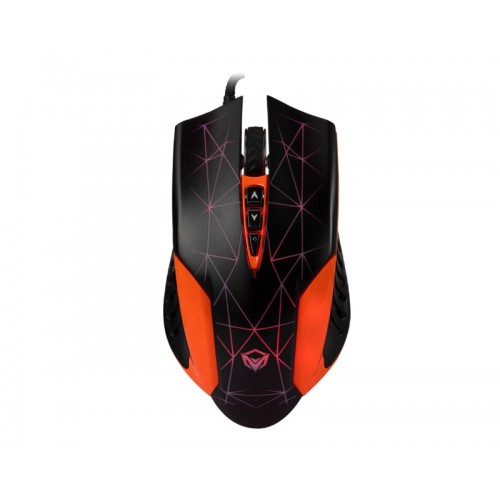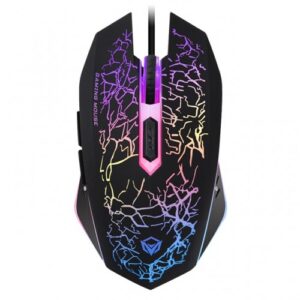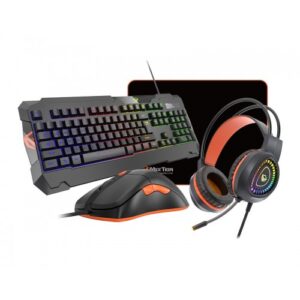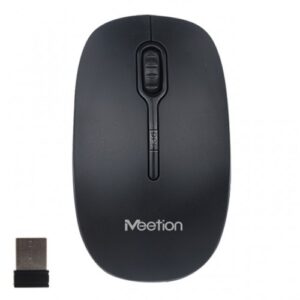Multimedia Keyboard Specifications
Multimedia keyboards are essential tools for both casual users and professionals, offering a range of specifications and features that enhance usability and functionality. One of the most significant characteristics of these keyboards is the standard key count, typically consisting of 104 or 105 keys. This configuration caters to various layouts, including the widely used US layout, as well as international variants like Arabic, Spanish, and Russian. These varied layouts ensure that multimedia keyboards can accommodate a global audience, making them versatile for different languages and user preferences.
The interface used in multimedia keyboards is predominantly USB, which provides a reliable and straightforward connection to computers and other devices. This standardization contributes to the ease of use, as the USB interface facilitates plug-and-play capabilities, eliminating the need for complex installations. The durability of multimedia keyboards is another noteworthy aspect; they are engineered to withstand significant use, boasting an impressive operational lifespan of over 10 million keystrokes. This longevity makes them a sound investment for users who rely on keyboards for extended periods.
Physical characteristics also play a crucial role in selecting the right multimedia keyboard. The typical dimensions of these keyboards are around 38 x 480 x 218 mm, with a cable length of approximately 180 cm, providing ample reach for various workstation configurations. These dimensions ensure that the keyboard fits comfortably on most desks while maintaining a sleek profile. Additionally, the thoughtful design contributes to a comfortable typing experience, which is vital for individuals who spend extensive hours engaged in typing tasks. By understanding these specifications, users can make informed decisions when choosing multimedia keyboards that best fit their needs and preferences.
Mouse and Headphone Specifications
When selecting multimedia mice and headphones, understanding their specifications is crucial for enhancing user experience and performance. For mice, a variety of resolution options are available including 800, 1200, 1600, and 2400 DPI. These settings enable users to customize their sensitivity based on the tasks at hand, providing greater precision for different activities such as gaming or graphic design. Furthermore, the polling rate, which is typically set at 250Hz, determines how often the mouse reports its position to the computer, thereby affecting responsiveness and smoothness during use.
The tracking method is another vital specification; most modern mice employ an impressive tracking speed of 30 inches per second (IPS), ensuring fluid movement across various surfaces. Furthermore, the maximum acceleration of 8g allows for swift directional changes without compromising on accuracy. Users may find the maximum frame rate of 4000 frames per second (FPS) particularly advantageous, as it ensures that even the fastest motions are tracked seamlessly, delivering a significantly better performance during fast-paced activities.
In terms of physical attributes, a wired mouse often boasts cable lengths of approximately 180 cm, providing ample reach without the need for battery replacements. With dimensions around 45 x 130 x 73 mm, this design facilitates ergonomic usage. Switching focus to headphones, the specifications are equally important. The standard cable length of 2±0.01m allows for comfortable use without tangling, while a speaker diameter of φ6.0±5.0mm affects sound quality and volume. Headphone impedance is typically rated at 32Ω, which strikes a balance between power efficiency and sound clarity. Key audio quality aspects such as microphone sensitivity and overall sensitivity, both rated around 120±3dB, contribute to enhanced audio output and communication clarity. Lastly, the warranty period of one year serves as a reassurance for consumers, ensuring product reliability and serviceability.

